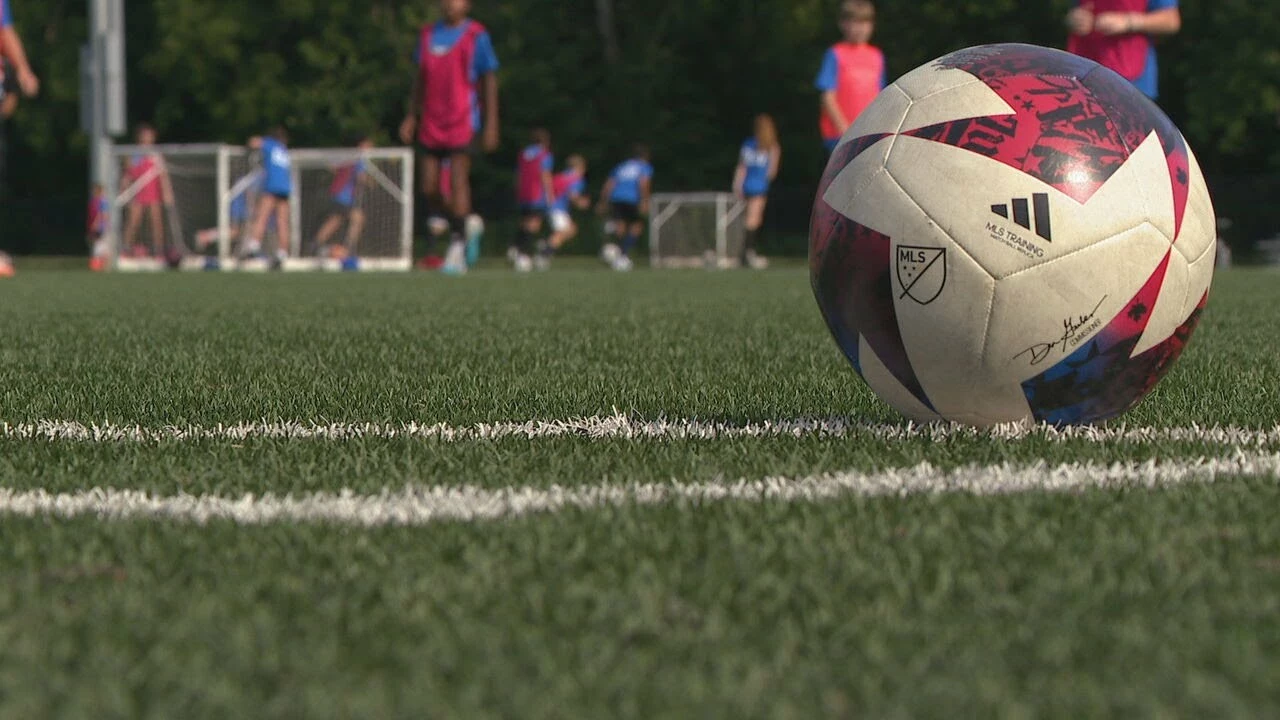Agreed – Understanding Consensus in Sports and Health
When talking about Agreed, a state where ideas, opinions or facts line up among different people. Also known as consensus, it helps fans, athletes and analysts find common ground. This shared agreement is the glue that turns a heated debate about a soccer match into a constructive discussion, or a health coach’s advice into a practical running plan.
One major arena where soccer, the world’s most popular team sport sparks lively opinions is betting. When fans agree on odds, the market reflects a collective view of a team's chances. That same collective sense shows up in training circles: coaches and players often agree on the best foot‑to‑ball technique, which is covered in our post about shooting with the laces. The link between soccer and betting illustrates the triple: Agreement influences soccer odds, betting data shapes fan expectations, and shared tactics drive team performance.
Running, Health, and the Power of Shared Knowledge
Switching to running, a simple yet demanding aerobic activity, you’ll see how health advice spreads through agreement. Articles about whether high‑blood‑pressure patients can jog show that medical professionals reach a consensus on moderate exercise benefits. That consensus then informs runners' choices about intensity, timing, and footwear – topics we explore in posts on morning vs evening runs and shoes for concrete surfaces. Here, the semantic triple reads: Running requires proper footwear, proper footwear reduces injury risk, and shared research creates community guidelines.
Nutrition before a half marathon also hinges on agreed‑upon strategies. Experts align on light, easily digestible meals 2‑3 hours before the race, a point echoed in our discussion about pre‑run fueling. The alignment of nutrition advice demonstrates another triple: Agreement guides pre‑race meals, meals boost performance, and performance data reinforces the original consensus.
Swimming adds a different flavor to the conversation. In our guide on improving freestyle, the community agrees on core drills, breathing patterns, and equipment like pull buoys. The same pattern emerges with Olympic swimmers who started later in life – the shared belief that dedication can overcome a late start fuels inspiration for adults. This shows: Swimming technique depends on consistent drills, drills improve efficiency, and efficiency validates the original agreement among coaches.
Even topics that seem unrelated, like gender in soccer teams, benefit from a collective viewpoint. The debate over mixed‑gender play highlights how societal norms, physical considerations, and tradition intersect. When stakeholders agree on the need for more inclusive policies, leagues can experiment with mixed matches, influencing future game structures. The triple here: Gender policy shapes team composition, composition affects game dynamics, and game dynamics feed back into policy discussions.
All these threads – soccer odds, running health tips, swimming drills, and gender debates – are bound by the central idea of consensus, the shared understanding that guides decisions in sports and wellness. By tracking how agreement forms, shifts, and drives action, you get a clearer picture of why certain advice sticks and how trends evolve across the sports spectrum.
Below you’ll find a hand‑picked selection of articles that dive deeper into each of these areas. Whether you’re looking for tactical soccer insights, practical running advice, or swimming technique tips, the collection reflects the breadth of expertise built on shared understanding. Keep reading to see how these agreed‑upon ideas play out in real‑world scenarios and how you can apply them to your own sports journey.
